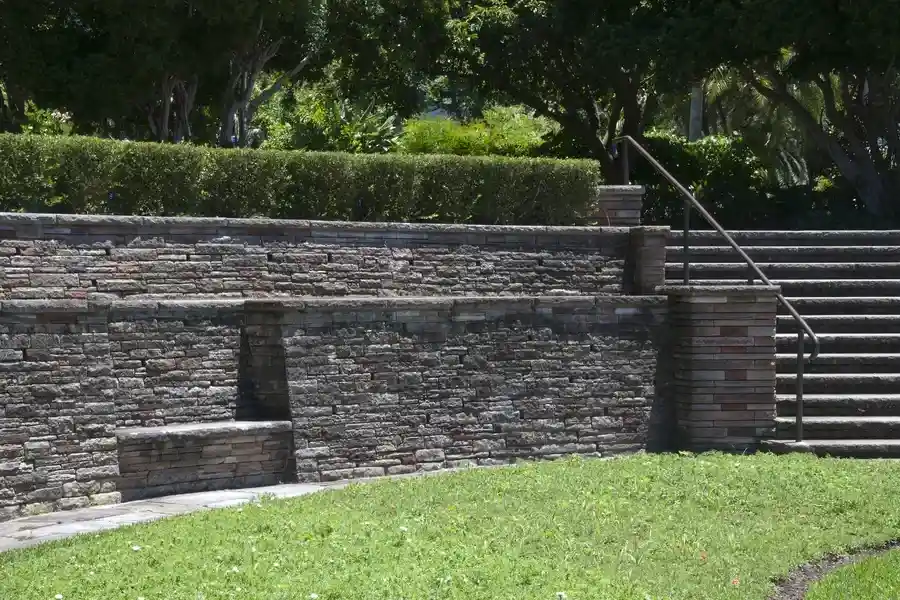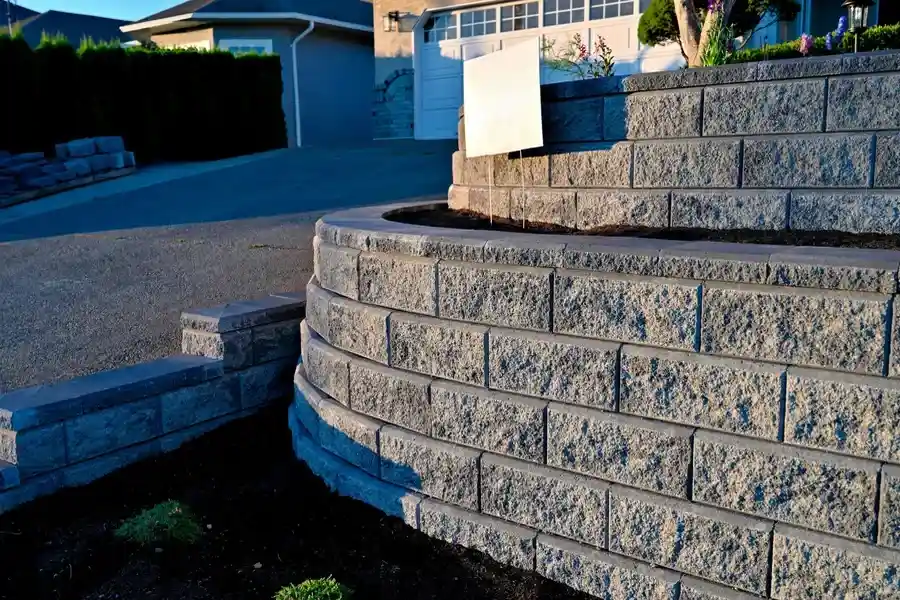Recognizing When Repairs Are Necessary for Structural Safety
Retaining walls play a crucial role in preventing soil erosion and managing land levels. However, like any structure, they can deteriorate over time. Identifying early signs of damage is essential to prevent more severe problems. This article outlines common indicators that your retaining wall requires urgent attention. You’ll learn to spot these issues before they escalate, safeguarding both your property and the integrity of the landscape.
Visible Cracks in the Wall
If you notice cracks appearing in your retaining wall, it’s a strong indication that repairs are needed. These cracks may start small, but over time they can grow larger, compromising the entire structure. It’s crucial to address these issues quickly as delaying repairs could lead to more costly solutions later on.
Leaning or Tilting Structure
A leaning retaining wall is a serious concern that should never be ignored. This usually indicates uneven pressure or unstable soil conditions. If left unchecked, it can result in complete collapse. Retaining wall repair at this stage is critical to maintain safety and avoid further structural damage.
Water Drainage Issues
Poor drainage is often a precursor to significant retaining wall problems. If you observe water pooling at the base or seepage through the wall, it’s time for an immediate inspection. Water buildup can erode the foundation, leading to potential failure. Addressing these drainage issues early with proper retaining wall repair will help preserve its longevity.
Soil Erosion Behind the Wall
When soil begins to erode behind the retaining wall, it signals a lack of adequate support. This erosion can compromise the stability and eventually cause the wall to fail. Fixing this problem involves reinforcing the wall and restoring proper soil support to ensure long-term durability.
Deterioration of Materials
Another clear sign of necessary repair is when materials begin to show signs of wear and tear. Whether it’s crumbling concrete or rotting wood, material degradation indicates that the wall might not be able to withstand environmental pressures much longer. Replacing damaged sections promptly will prevent future breakdowns.
Bulging or Bowing Sections
A bulging or bowing section of a retaining wall suggests internal pressure build-up, often from excess moisture or shifting soil. This condition requires immediate professional evaluation to determine the best course of action for reinforcement or rebuilding.
Steps to Consider for Maintaining Your Retaining Wall
- Conduct regular inspections for visible damage or changes
- Ensure proper drainage systems are installed and maintained
- Use quality materials for repairs and replacements
- Consult professionals for structural assessments regularly
Your Go-To Solution for All Retaining Wall Needs
Addressing retaining wall issues promptly helps maintain the beauty and functionality of your landscape. For expert advice and services, contact LH Hardscapes at (719) 284-3883. Our team in Castle Rock, CO specializes in comprehensive retaining wall maintenance and repair services tailored to your needs.

